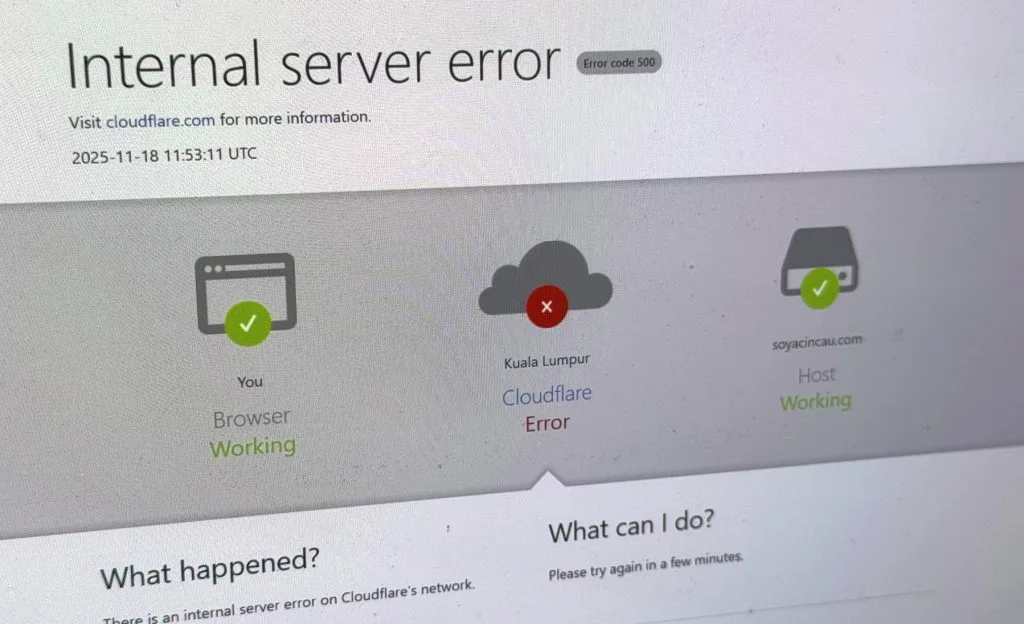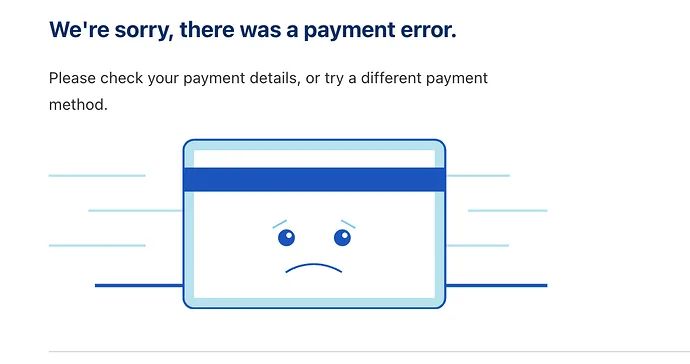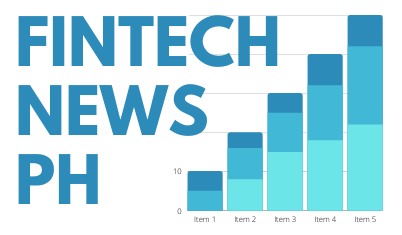The Cloudflare outage on November 18–19 caused widespread disruptions for websites, apps, and online services around the globe. Businesses immediately felt the impact, from failed checkout pages to inaccessible SaaS dashboards.
If you rely on the internet to reach customers, run internal operations, or manage financial services, this outage was a stark reminder of how dependent modern businesses are on a few key players in web infrastructure.
Quick timeline: What happened and when

When it started: Cloudflare reported unusual traffic beginning at 11:20 UTC on 18 November 2025. Almost immediately, monitoring sites and social media began to report widespread errors and service interruptions.
Cloudflare’s statement: The company described the incident as an “internal service degradation” triggered by a spike in unusual traffic. Importantly, Cloudflare and its executives emphasized that this was not a cyberattack, but a technical issue affecting their edge network.
Resolution: Within a few hours, major news outlets reported that Cloudflare had restored services. While exact timestamps vary, restoration efforts were largely completed by late morning/early afternoon UTC, with most affected websites returning to normal in the same window.
Why businesses felt the impact so sharply

To understand the scope of the disruption, it helps to know what Cloudflare does. The company acts as a protective and performance layer between end users and websites, offering:
- DNS services
- Content Delivery Network (CDN) caching
- Web Application Firewall (WAF)
- DDoS protection
- Authentication and proxy services
This central position means that millions of websites and apps rely on Cloudflare to connect users to their services. When an edge service like this degrades, the impact cascades across industries: e-commerce, SaaS, social media, banking, and more. In other words, a single infrastructure fault can momentarily disrupt the global web.
The business impact: By Industry
1. E-commerce and Retail
For online stores, the outage was immediate and measurable: checkout pages failed, carts were abandoned, and sales slipped through the cracks. Large retailers and marketplaces relying on Cloudflare for page speed and caching reported slower loading times and outright timeouts, highlighting the fragile dependency on external infrastructure.
2. SaaS, Developer Tools, and Collaboration Platforms
Productivity tools and SaaS dashboards experienced timeouts or degraded performance. Teams trying to access internal dashboards found themselves blocked, leading to productivity loss and increased support requests. Some widely reported services affected included ChatGPT/OpenAI, Canva, and Zoom.
3. Social and Communication Platforms
Social networks and messaging services saw spikes in error rates. For platforms like X (formerly Twitter), always-on feeds are critical — even brief outages can affect user trust and engagement.
4. Transport, Food Delivery, and On-Demand Services
Real-time apps such as ride-hailing or food delivery rely on instant connections between users and providers. Interruptions can break driver/customer matching, halt live tracking, and block payments, resulting in canceled orders and lost revenue. Uber was among those reporting service interruptions.
5. Financial Services and Banking
Banks and fintechs often depend on Cloudflare for security and performance, including DDoS mitigation, SSL termination, and API acceleration. When Cloudflare services faltered, login pages, payment portals, and certain open-banking APIs were disrupted, leading to transaction delays, overloaded call centers, and compliance headaches. Confirmed Cloudflare banking customers include Investec, PayNet, and Luana Savings Bank, among many others.
Global reach: Who were affected?
This wasn’t a local or regional problem — it was global. Outage maps and reporting showed disruptions across North America, Europe, Asia-Pacific, and beyond. Newsrooms in the U.S., U.K., Philippines, and Australia all recorded service interruptions, reflecting Cloudflare’s worldwide footprint.
Notable platforms impacted included:
- AI tools: ChatGPT/OpenAI
- Social networks: X (formerly Twitter)
- Design SaaS: Canva
- Video conferencing: Zoom
- Transportation: Uber
- Music & social: Spotify, Grindr
In the financial sector, many banks and fintechs depend on Cloudflare for performance and security. While exact vendor lists are often confidential, Cloudflare’s public case studies list Investec, PayNet, and Luana Savings Bank as users of their CDN, WAF, and DDoS protection services.
Lessons for businesses: How to reduce risk
Here’s where my perspective as someone who works with web infrastructure comes in. The Cloudflare outage is a reminder that any single point of dependency can become a bottleneck. Practical takeaways:
- Avoid relying on just one edge provider
Consider multi-CDN or multi-provider architectures for critical front-end services. If one provider goes down, another can pick up the load. - Implement failover for payments and login flows
Design pages to fail gracefully: cached landing pages, alternate endpoints, or quick-switch DNS can prevent total downtime. - Monitor upstream services and automate alerts
Set up health checks for upstream CDN, DNS, or API dependencies. Automate rerouting if failures are detected. - Communicate early and transparently
External outages cause confusion. Clear status updates can reduce support load and preserve user trust. - Run tabletop exercises
Simulate provider outages to test your playbooks, communication channels, and technical fallbacks.
Many companies affected by this outage are now re-evaluating resilience strategies, asking: “If our main CDN or WAF fails, how do we continue operations?” These are best-practice measures to ensure continuity, whether for e-commerce, SaaS, or banking services.
Final thoughts

Even short outages like this one highlight how interdependent and concentrated the modern web has become. For businesses, the immediate costs — lost transactions, productivity downtime, and customer-support surges — are tangible. But the long-term costs, particularly reputation and trust, can be even more significant.
The practical response is twofold:
- Harden infrastructure: multi-provider resilience, failovers, intelligent caching
- Strengthen operations: proactive monitoring, transparent communication, and rehearsed playbooks
Outages like the Cloudflare disruption are a wake-up call: reliability is not just about your app, it’s about the ecosystem you rely on. Businesses that learn these lessons will be better equipped to weather the next unexpected event.
Sources and reporting references
- The Guardian — live updates and service restoration
- Forbes / Tom’s Guide — consumer platform reporting
- ABS-CBN — local Philippines impact coverage
- Cloudflare Status
- Washington Post Timeline
- Reuters Coverage of Cloudflare Outage

